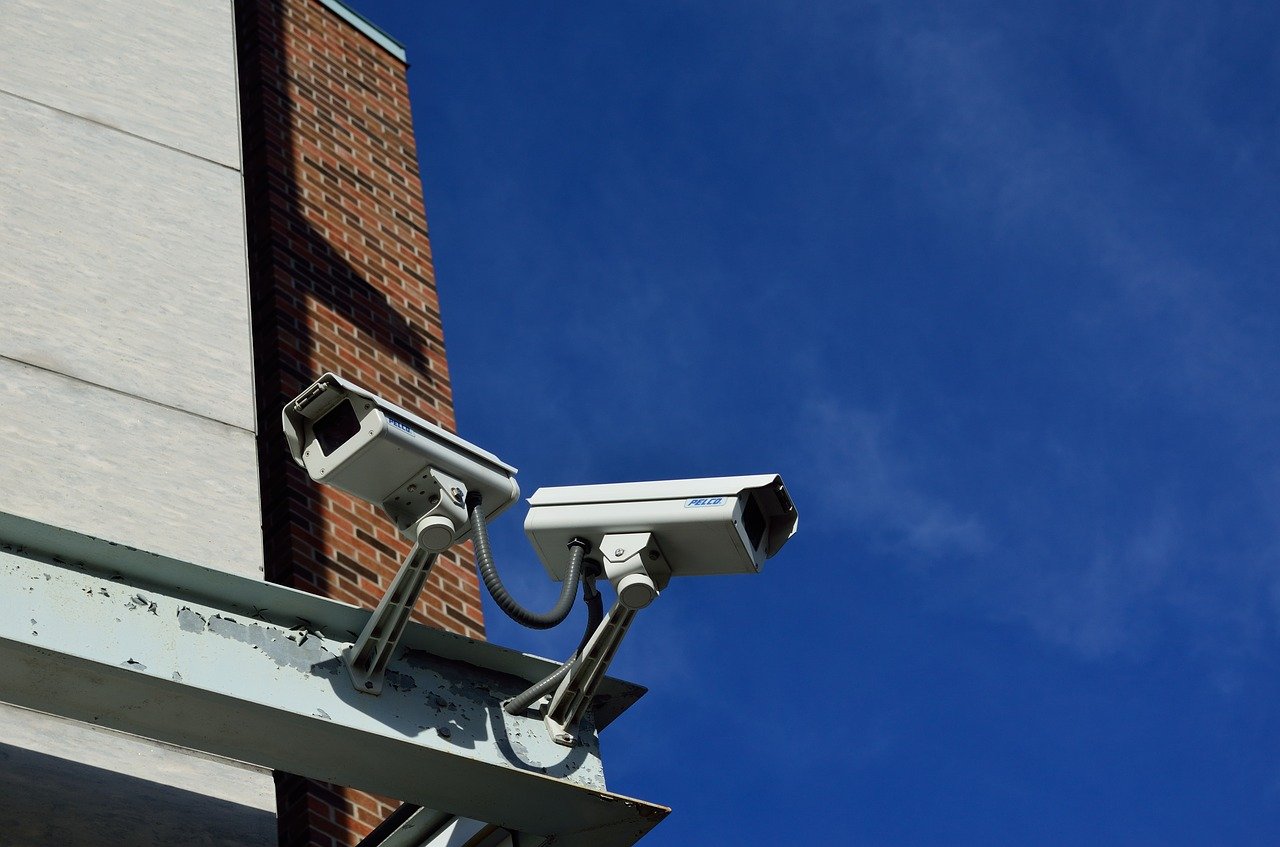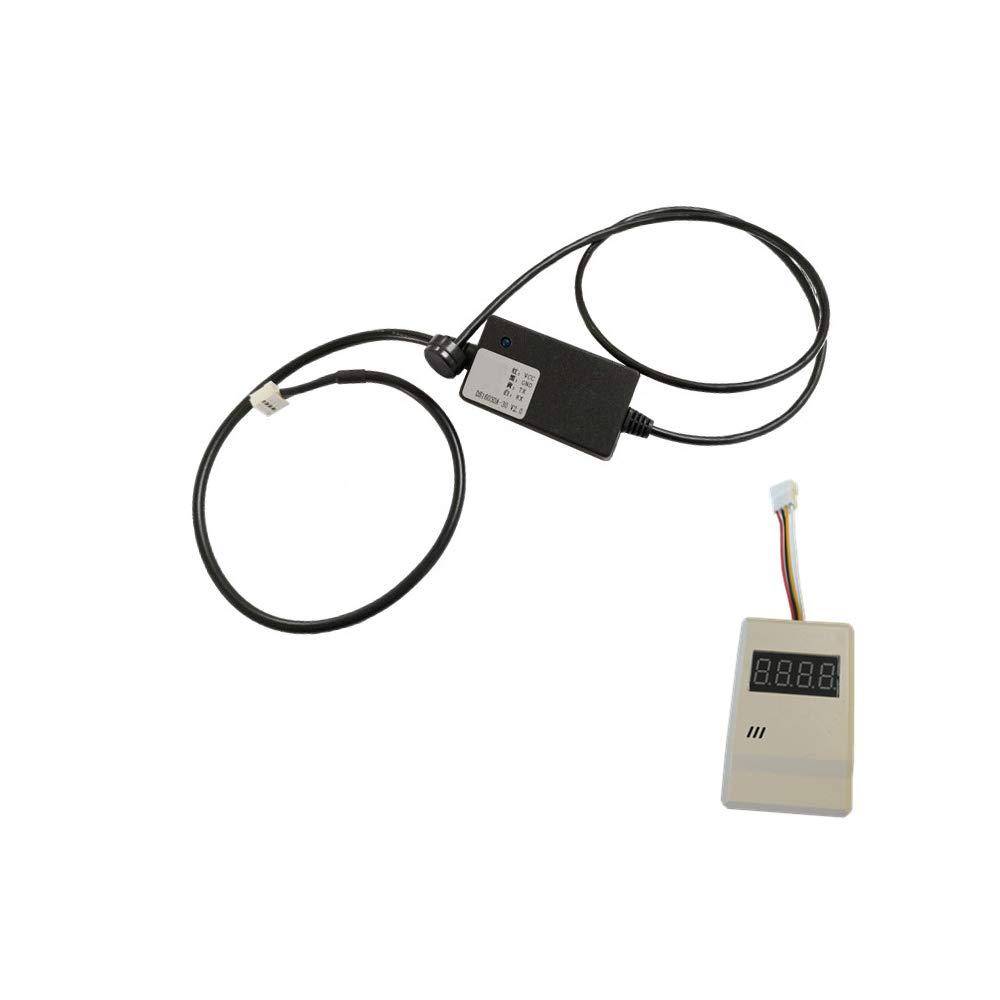
Backing up your iPhone’s data to a MacBook can be a difficult task and may not always be successful.
While it is possible, there are several reasons why you might not be able to back up your iPhone to a MacBook. In this article, we’ll explore 10 of the most common issues that can prevent you from backing up an iPhone to a MacBook.
#1
One of the biggest issues to cause problems with an iPhone-to-MacBook backup is incompatible operating systems.
An iPhone runs on iOS while Macs use macOS, so if your devices aren’t running compatible versions, then the backup won’t work. Ensure both your devices are running the same version of their respective OS before attempting to back up data between them.
#2
Another issue that can prevent you is insufficient storage space.
iPhones have limited storage capacity, while many Macbooks come with larger hard drives or solid state drives with much more storage space than an iPhone has available.
If your Macbook doesn’t have enough room for all of your backed-up files or apps, then it won’t be able to complete the process. Also, keep an eye on the Mac folder synchronization since it also affects file transfers between different devices.
#3
If you’re trying to back up large files like videos, photos or music, then another issue could arise due to file size restrictions on certain kinds of Apple products, such as iPhones and iPads.
To make sure everything transfers over properly from device to device, limit the size of each file being backed up and ensure that it will fit within the set by Apple’s file transfer protocols on iTunes or iCloud Drive (or whichever service you’re using).
#4
The fourth issue might come into play if your devices aren’t connected correctly for the transfer process – either physically through a USB cable or wirelessly through Bluetooth or WiFi networks – which are necessary for any kind of data transfer between two electronic devices (including computers).
Be sure all connections between devices are secure and working properly before beginning.
#5
If you’re having trouble connecting one device to another in order to create a backup file in macOS, a potential solution is enabling Personal Hotspot on both devices so they can communicate without needing direct physical contact through USB cables or wires;
However this isn’t always feasible depending on network availability and signal strength in certain areas (see Apple’s support site here for more details).
#6
Another problem may occur when trying to back up an old phone model – such as an iPhone 4s – that is no longer supported by current versions of iOS: attempts at backing these older models will generally fail because they cannot sync with newer version updates required for successful backups in iTunes/iCloud Drive etcetera.
#7
One more issue when transferring data between two Apple products could stem from faulty cables – both USB cords used for physical connection and charging ports – which can cause communication trouble when attempting a full backup in macOS;
Check all cords associated with the process before continuing further attempts at completing your desired backup maneuver.
#8
The eighth issue could come from network interference: signals carrying data between two connected devices must pass through intermediary networks like home routers, etcetera;
If these networks don’t have strong signals/are overloaded by too many users streaming media, then communication difficulties could arise during attempted backups causing failures across multiple attempts due to weak connection points along code pathways, so try resetting connections periodically throughout any given transfer period just [in] case.
#9
The ninth source of problems might be software differences: depending on what platform/systems various components in question runoff, compatibility issues could arise where one side does not recognize commands sent by its partner and thus refuses proper connections, leading ultimately toward failed exchanges overall.
Therefore, double-check system requirements prior to initiating any type of interconnectivity method.
#10
Finally yet importantly: ensure there’s enough power left in both batteries powering respective phones & laptops during the entire length[s]of processes, staying aware of levels changing slowly over time due to low charge reserves & potentially sabotaging outcome(s) as a consequence thereof… so keep ’em juiced wherever possible.
RELATED ARTICLES
Latest Articles
 Laura Ingraham Husband James Reyes: Why …In BiographyApril 17, 2025Laura Ingraham is a well-known conservative […]
Laura Ingraham Husband James Reyes: Why …In BiographyApril 17, 2025Laura Ingraham is a well-known conservative […] Zach Top Wife Mystery Solved! Meet the W…In BiographyApril 16, 2025Zach Top’s music has that classic country feel that […]
Zach Top Wife Mystery Solved! Meet the W…In BiographyApril 16, 2025Zach Top’s music has that classic country feel that […] What Is a Parcel Locker? The Game-Change…In TechnologyApril 16, 2025Missing packages? Porch pirates? Missed delivery slips […]
What Is a Parcel Locker? The Game-Change…In TechnologyApril 16, 2025Missing packages? Porch pirates? Missed delivery slips […] Dawn Staley Relationship Rumors: What’s …In BiographyApril 15, 2025When it comes to iconic figures in sports, Dawn Staley […]
Dawn Staley Relationship Rumors: What’s …In BiographyApril 15, 2025When it comes to iconic figures in sports, Dawn Staley […] How Window Tinting Affects Driver Visibi…In TechnologyApril 11, 2025Introduction: Beyond Style — The Functional Side of […]
How Window Tinting Affects Driver Visibi…In TechnologyApril 11, 2025Introduction: Beyond Style — The Functional Side of […] Vaishnav Tej Wife, Age, Family, Girlfrie…In BiographyApril 11, 2025Vaishnav Tej wife: There is always more to know about […]
Vaishnav Tej Wife, Age, Family, Girlfrie…In BiographyApril 11, 2025Vaishnav Tej wife: There is always more to know about […] Nick Sandmann Net Worth, Biography, Heig…In BiographyApril 11, 2025Young Nick Sandmann, catapulted into the media […]
Nick Sandmann Net Worth, Biography, Heig…In BiographyApril 11, 2025Young Nick Sandmann, catapulted into the media […] Cold War Timeline: The Real Story Behind…In HistoryApril 4, 2025If you’ve ever wondered how we ended up with the […]
Cold War Timeline: The Real Story Behind…In HistoryApril 4, 2025If you’ve ever wondered how we ended up with the […]
stopie.com is a participant in the Amazon Services LLC Associates Program, an affiliate advertising program designed to provide a means for sites to earn advertising fees by advertising and linking to Amazon.com.
Clicking on an Amazon link from stopie.com does not increase the cost of any item you purchase.
We will only ever link to Amazon products that we think our visitors may be interested in and appreciate learning more about.


